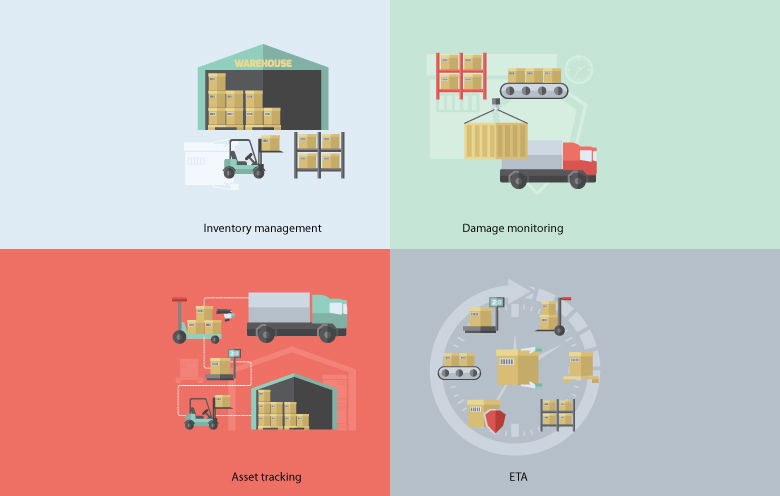Ignorance can be a blessing in some situations, but in today’s geopolitical and economic environment, global procurement teams can hardly afford not to know what is going on in their supply chain. This applies to companies that deal with trend-oriented products such as clothing and accessories, where they not only offer products, but are also exposed to changing market trends and customer demands.
Supply chain challenges
In the absence of historical performance information such as quality, timely deliveries, full orders etc., sourcing teams often respond to anecdotal evidence and subjective opinions while making sourcing decisions. The lack of operational data and actual trends prevents the evaluation of suppliers and the selection of reliable sources of supply. Without precise cost and volume information in combination with current capacity and risk information, it is also impossible to make a well-founded assessment of which product is reliably available in which region or from which supplier.
With the proliferation of products and increasingly moody customers, it is impossible to guess which items will be hot and which will be not in the future. In addition, changes in the supply chain and geopolitical situationsoften lead to unplanned supply interruptions such as a shortage of raw materials and delays in shipping. To do this, they need economic information derived from real-time data. Let’s see how Power BI for supply chain management can resolve these issues.
Supply chain analytics to address these challenges
You can solve the aforementioned business problems using the following use case with data analytics and BI capabilities:
- Demand forecasting: With analytics performed on historical data, you can derive an expected forecast of customer demand.
- Supplier performance: Get an overview of supplier performance over a period of time based on delivery time and quality of packages delivered.
- Damage and loss analysis: These reports provide trends for various losses and damages for different warehouses across various loss categories and reasons.
Power BI for supply chain management
At Softweb Solutions, we help our customers with their supply chain to understand large data pools of companies, suppliers and external sources in order to make informed decisions regarding their supply chain. Our solution helps companies to:
- Raise their awareness by presenting historical data in a comprehensible manner in order to facilitate trend interpretation.
- Become smarter by combining data trends with market information to identify risks and opportunities.
- Get more responsive by providing actionable information in real time
Some of the KPIs that our Power BI supply chain dashboard consists of:
- Inventory turnover
- On time shipping rate
- Days of supply
- Return reason
- Inventory velocity
- Inventory days of supply
- Freight bill accuracy
To know more about our Power BI offering for your supply chain, contact our BI experts.



